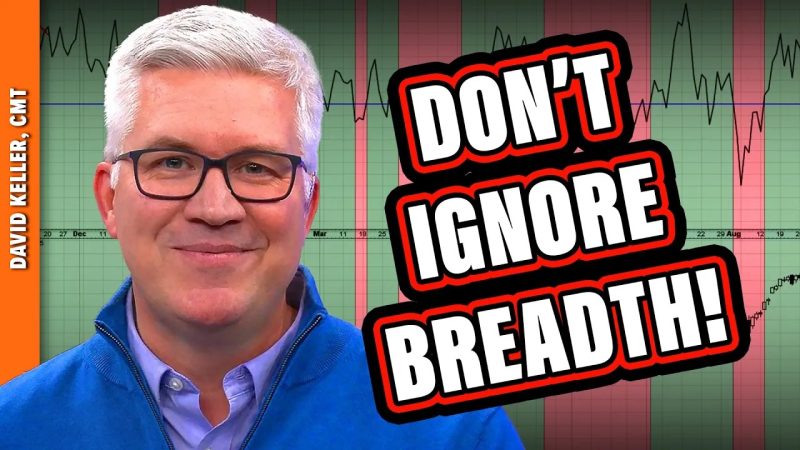When analyzing financial markets, traders often rely on a variety of indicators to gauge the breadth of price movements and market sentiment. These breadth indicators can provide valuable insights into the overall health of the market and help traders make more informed trading decisions. In this article, we will explore five key breadth indicators that traders should not overlook.
1. Advance-Decline Line:
The Advance-Decline Line is one of the oldest and most widely used breadth indicators in technical analysis. It measures the number of advancing stocks minus the number of declining stocks on a given trading day. By tracking the cumulative total of this difference over time, traders can assess the strength or weakness of market participation. A rising Advance-Decline Line indicates broad market strength, while a declining line suggests increasing divergence and potential weakness in the market.
2. McClellan Oscillator:
The McClellan Oscillator is another popular breadth indicator that helps traders identify overbought or oversold conditions in the market. It is calculated by taking the difference between two exponential moving averages of advancing and declining issues. A positive reading indicates that advancing stocks are outperforming declining stocks, while a negative reading signifies the opposite. Traders can use the McClellan Oscillator to confirm the strength of a market trend and identify potential reversal points.
3. New Highs – New Lows:
The New Highs – New Lows indicator measures the number of stocks hitting new 52-week highs minus the number of stocks making new 52-week lows. This breadth indicator provides insights into the breadth of market participation and can help traders gauge the underlying strength or weakness of a market rally. A high number of new highs relative to new lows suggests broad-based strength, while a divergence between the two may indicate an impending market reversal.
4. Bullish Percent Index (BPI):
The Bullish Percent Index (BPI) measures the percentage of stocks in a given market index that are currently trading with bullish technical patterns, such as point and figure buy signals. A high BPI reading suggests widespread bullish sentiment among market participants, while a low reading may indicate increasing bearishness. Traders can use the BPI to identify overbought or oversold conditions in the market and make more informed trading decisions.
5. Arms Index (TRIN):
Also known as the Trading Index (TRIN), the Arms Index measures the relationship between advancing and declining issues and advancing and declining volume on a given trading day. A reading above 1.0 indicates selling pressure, while a reading below 1.0 suggests buying pressure. Traders often use the Arms Index as a contrarian indicator, looking for extreme readings that may signal potential market reversals.
In conclusion, breadth indicators play a crucial role in analyzing market breadth and sentiment. By monitoring these indicators, traders can gain valuable insights into the underlying strength or weakness of the market and make more informed trading decisions. It is essential for traders to combine breadth indicators with other technical and fundamental analysis tools to build a comprehensive trading strategy and navigate the complexities of the financial markets successfully.

